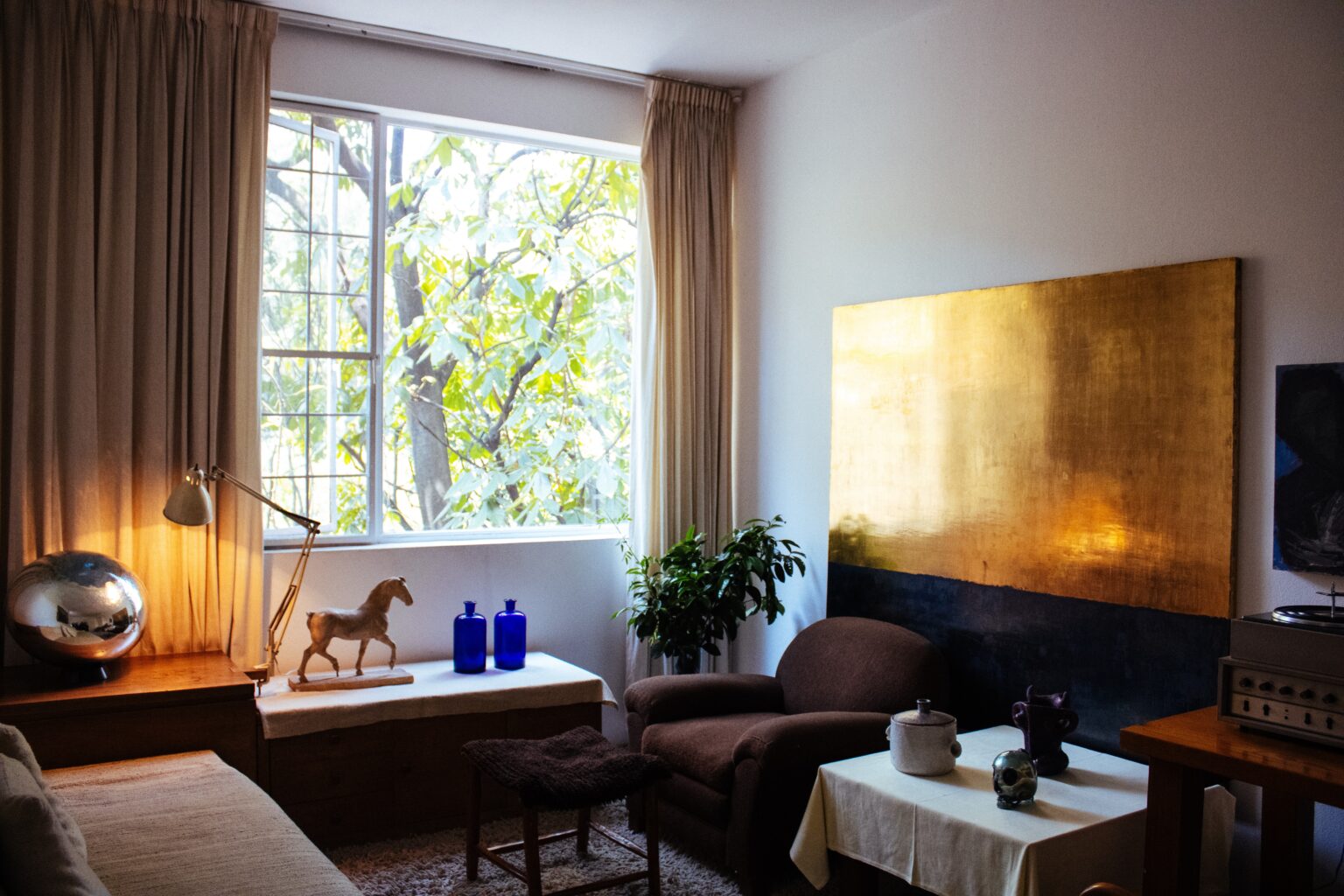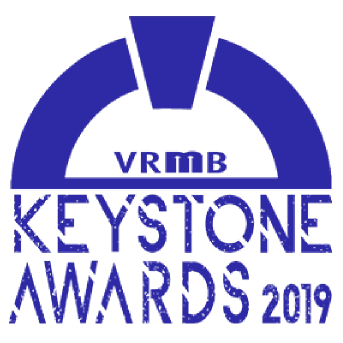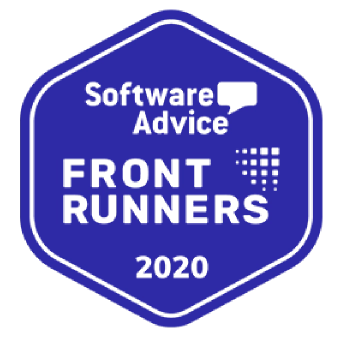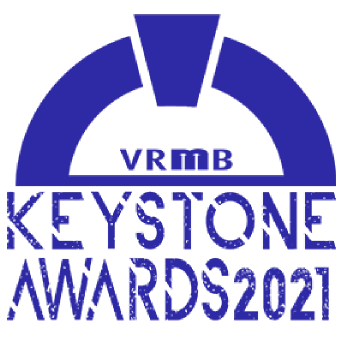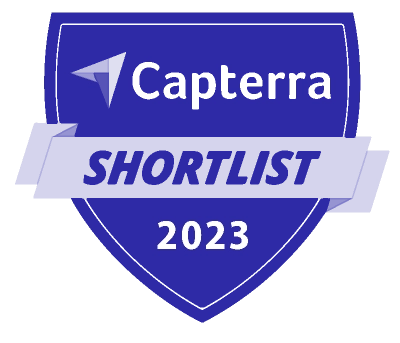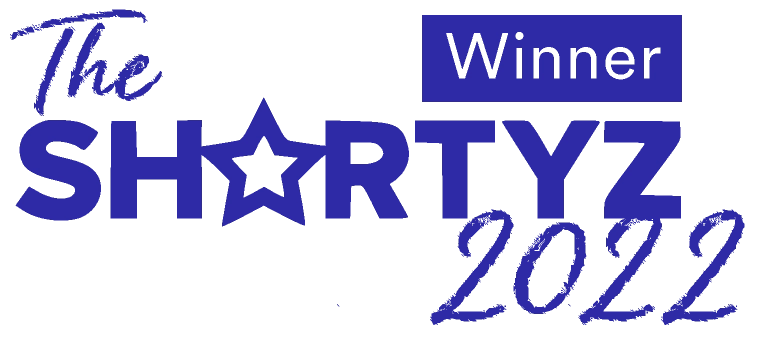“Branding goes well beyond just what the logo is—it’s the emotional reaction within the mind of the target audience. And that’s what you have to tap into.”
This is what branding expert and website builder Eli Pritykin said when we asked him about his approach to developing a brand.
And, among his other insights, Eli places a lot of importance on ‘fitting in and standing out’ alongside other popular brands so you can grab guests’ attention while providing an insight into the experience they’ll have with you.
But, while your website is where all your individual branding choices come together, you also need them to feature in your listings, social media, digital guidebook, and even your text messages.
And, being consistent across all these different platforms presents a challenge. As our other branding expert, Adam Knight, explained, “When you’re building a brand, it can feel like you’re getting no traction. But it’s absolutely key to remain true to your brand values.”
After all, your brand won’t only engage guests. Speaking about the value of a branded direct booking site, Eli told us, “A proper guest-facing website is also a powerful selling point for homeowners because they care how you market their property.”
With all these considerations in place, vacation rental branding poses a daunting challenge. When there are countless possibilities, how do you pick an idea that will outshine the competition without looking out of place as it appeals to guests and homeowners alike?
That’s why, with insights from our two experts, this article explores:
- Why vacation rental branding is so important
- The steps to building your own brand (see our template brand values for inspiration!)
- An example of a real-life successful rebranding process
- How to measure brand awareness
Importance of branding in the vacation rental industry
Eli Pritykin, founder and CEO of Hudson Creative Studio says, “Brand is any touchpoint you have with your target audience, including how you speak, what you look like, and what you talk about. And that covers multiple levels and platforms.”
So, your guests can experience your brand across a range of areas. These include:
- Your logo
- Your business and property names
- Typography (font, letter size, format, case)
- The color scheme
- The layout of your website, listings, emails, and posts
- Photography and graphics
- Your tone of voice (TOV)
- Your values and messaging
- Your story
Branding isn’t just a question of your visual identity, it’s a strategic tool that can significantly impact your vacation rental business. Here are some of the benefits of offering a more branded experience:
Attract more attention from travelers and homeowners
Effective branding makes you stand out from the competition. If you highlight what makes your business different from others, and showcase your value, you’ll be more likely to catch people’s attention. That could be something as simple as imagery suggesting how close your properties are to the sea.
Greater appeal to target guests
Successful branding taps into your target market’s mindset and shows you understand their hopes and needs. For example, if you cater to families, and that’s clear from your branding choices, you’ll hook more of the guests you want.
Increased direct bookings
Your direct booking website is often where your guests get their first impression of your services. If its design speaks to their values and interests, they’ll be more likely to book with you.
A strong brand resonates more with people, which makes you memorable and means travelers are more likely to consider you for their next trip.
Deeper trust and loyalty with homeowners
Eli says, “Your homeowners are hiring you to rent their place to the right kind of clientele, not just make them money and keep their rental occupied. They want you to speak to an audience that will be respectful of the property.”
Through strategic branding, you can show homeowners you share their goals and can attract the right guests to the business.
More business security
Expanding your brand to a direct booking website establishes you as a separate entity from online travel agencies (OTAs) and gives you more control over your business.
Adam Knight, hospitality consultant and co-founder of Recreation Vacation Rentals says, “If you’re solely dependent on Airbnb for reservations, your success depends on how they rank properties and whether they change the algorithm or not.”
And it doesn’t stop there. “With direct bookings, you can be more competitive, create customer loyalty, and take control over basic policy choices, like on cancellations and refunds,” Adam explains.
4 Steps to a foolproof vacation rental branding strategy
By considering your overall strategy, and then zeroing in on individual assets, you can create a strong vacation rental brand. We show you how in the following four steps:
- Identify and understand your target market
- Define your brand values and messaging
- Develop an identity with brand assets
- Integrate your brand throughout the business
Identify and understand your target market
The heart of any vacation rental business is the guest experience. So, begin your branding development by considering which types of guests you want to attract and what you’ll offer them. Will they be couples or families? Millennials or boomers? Thrill-seekers or city escapists?
Once your ideal guest is clear in your mind, it’s time to get into research mode. Here are some ideas on where to check:
- Current and previous guests: Email questionnaires or read old reviews to discover what customers appreciated, found useful, or even thought was missing. That could be anything from a hot tub to kitsch interior design or how close your property is to a town or lake.
- Search for nearby rentals: Researching direct competitors shows you what messaging neighboring rental properties consider important. If they focus on certain amenities, imagery, or deals, you could take inspiration or even spot potential for a niche.
- Aspirational vacation companies: Find businesses that you wish to emulate. You can see what types of customers or guests they target and also experience the website yourself as any other user does.
With insights into your target audience’s main concerns, how competing vacation rentals seek to attract them, and what other brands you admire do well, you’ll be in a strong position to start developing your own branding strategies and choices.
Define your brand values and messaging (+ mission statement template)
With a target market decided on, you should create a mission statement that will guide your branding strategy and guest experience. Of course, this can evolve over time, but set one down in writing early on to establish a vision of your goals and pathway to achieving them.
Here’s a simple formula you can copy:
| At [name], we aim to provide [adjective] rentals to [target market]. Through our [unique differentiator] we strive to [desired impact]. |
Let’s see how this formula might work for different vacation rental businesses:
| At City Haven, we aim to provide sophisticated rentals to discerning urban couples. Through our elegant design and impeccable amenities, we strive to create an experience of refined luxury. |
| At Snowy Peaks Retreat, we aim to provide cozy cabin rentals to ski and snowboarding enthusiasts. Through our prime location near the slopes, we strive to give our guests an adrenaline-filled adventure. |
Now you can consider your brand values, which should be aligned with your mission statement. Here are some ideas on what they could focus:
- Importance of the guest experience and the kind of service you seek to provide
- Ethical and social concerns, for example environmental friendliness, sustainability, veganism, and life-work balance
- Safety and security, touching on how you protect the guest, the property and homeowner, your team, and the business
- Strategy and technology, where you speak to your approach to realizing your business goals
Adam says, “One of the hardest parts about creating a brand is being disciplined in how you execute it before you even get out there. You have to define what you’re trying to say and the space you’re trying to occupy.”
For example, imagine a lakeside vacation rental where you’ve identified your target market as having a deep affinity for nature and concern for the environment.
If you started promoting your property as a party venue to increase bookings in the off season, you could send mixed messages and put off a key portion of your audience.
Develop your vacation rental brand identity
Now you’ve established your target market and brand values, you can begin to develop your style. Every choice you make should be deliberate and conscious of the fact that even the smallest branding elements can affect how guests perceive you.
Eli says, “I start by looking at other brands to see if I have a specific reaction to them, whether I like or dislike them or feel pulled toward them. Then I can reverse engineer it and ask myself: What choices did the designer make? How are they connecting with me?”
One aspect of this process is understanding which brands your target audience already trusts and interacts with. “Guests are exposed to a variety of brands and trained to trust a certain look. And your business will appear alongside these brands, so you need to tap into that trust,” Eli explained.
In other words, you want your brand to feel at home with other popular brands your target audience already trusts.
Eli gives the example of mountain rentals. “Their target audience is typically active people who have their own skis and already deal with this world of outdoor brands. And there’s a look to the family of brands within that space, like certain typefaces, colors, and use of imagery.”
Here are the main areas of focus when creating your brand identity:
Names
Naming applies to your company and each vacation rental property. A strong brand name relates to your mission statement but there are also practical considerations.
Eli says, “When brainstorming names, we consider if the business’s unique traits are geo-specific, what experience they’re providing, and how they’re looking to grow. SEO can play a part here. If they’re targeting a region or neighborhood, those words in the name can be very valuable.”
For example, if you’re catering to couples, think property names with romantic connotations, like Serenity Retreat or Cupid Cottage.’ But if your target audience are nature lovers, perhaps Evergreen Lodge’ and ‘Blossom Villa’ would generate more interest.
Colors
Take the palettes commonly used by competitors and similar businesses as your starting point. Then, you can experiment with their choices.
Again, the unique selling point should play a role here. Beach houses might use a soft blue as a dominant color to evoke relaxation and play on the association with water and sky. Or if your vacation rental is close to a bustling nightlife, it could use a vibrant or even neon palette.
There are also helpful tools you can use to help finalize your choices, like Coolors and Khroma, which generate color schemes based on randomized searches, preferences, or images.
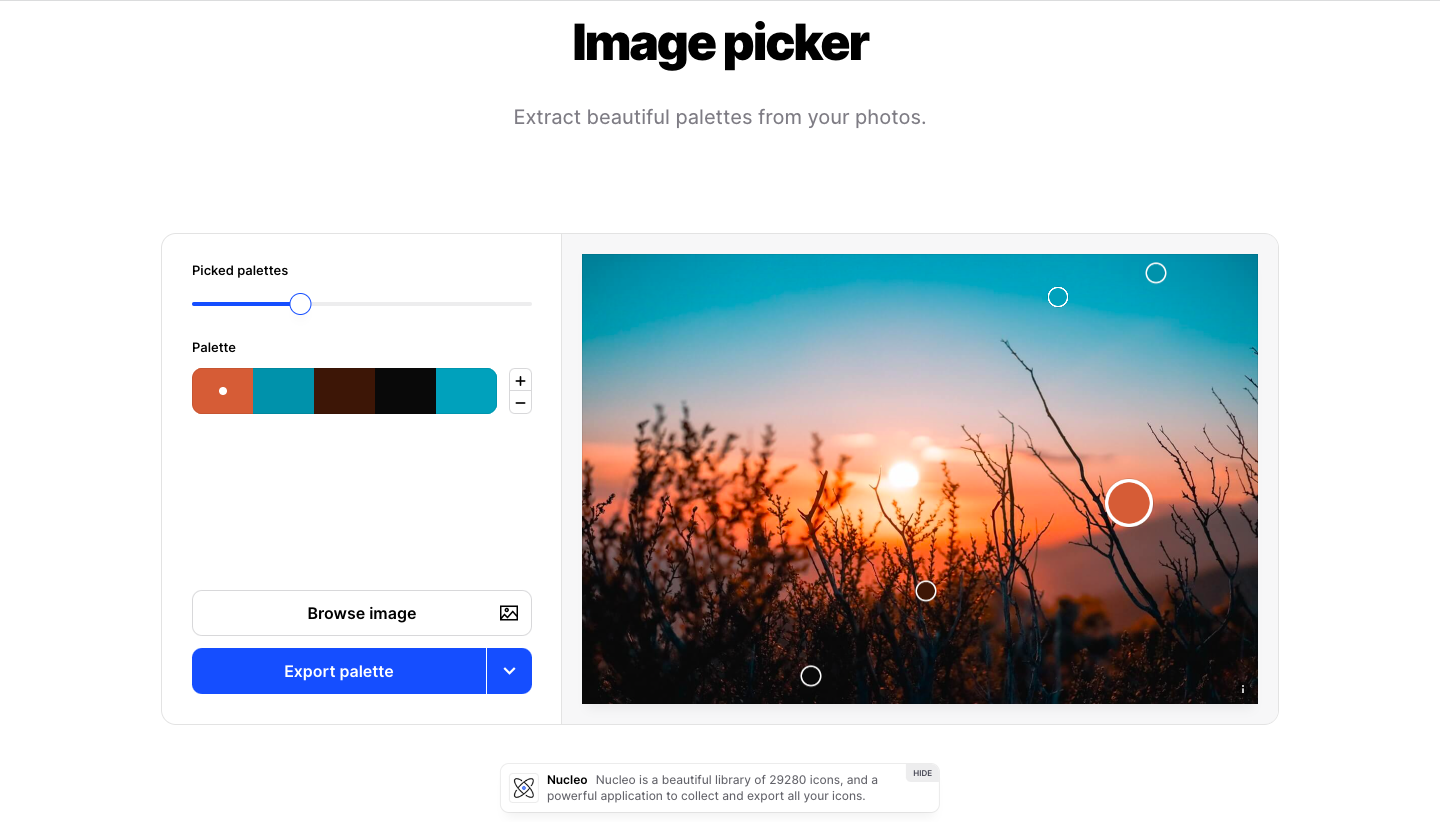
Typography
Typography encompasses every kind of text you produce from your logo to guest communication and your guidebook. It can even creep into listings if you play with punctuation and capitalization.
Consider issues like:
- Brand personality
- Formality
- Legibility
- Adaptability across different platforms
Logo
If you don’t have any professional design skills, there’s a range of ways to create a company logo. You may have heard of the design websites Canva and Wix, both of which have customizable templates and guided tutorials you can experiment with. If you want more flexibility and creative control, there’s also Adobe Illustrator and its free counterpart, Inkscape.
We’re also seeing the rise of AI logo makers like Logomaster.ai and Looka which generate a design based on your answers to some questions. Afterward, you can choose between brands and customize them to best suit your business.
Tone of voice
Everything you write should convey a certain tone and personality that’s consistent with your mission statement and values.
Returning to Eli’s mountain rental example, you might use vivid imagery to express your unique selling point, the location. You could also use skiing terminology and slang within your TOV to meet customers at their level and showcase your expertise.
AI tools like ChatGPT can analyze your text to check your tone is consistent and matches your values. You can use prompts like, ‘Rewrite the text to be more conversational’ or ‘Rewrite the text to make the luxury amenities more prominent’ to adjust it.
Integrate your brand throughout your business
When you’ve established your brand identity, you can apply it to every element of your business. Consistency is key here.
As Adam reminds us, “Everything comes back to discipline. You can’t be serious and professional in one place and funny and sarcastic in the next. If you’re not consistent, guests won’t take you seriously or they may feel you lack integrity.”
Another maxim to remember is ‘more is less.’ Eli says, “You can put a lot of work into a website but your goal is for guests to spend as little time as possible interacting with it. Guests don’t want to be ‘wowed’ by your content, they want to find a property, book it, and move on with their day.”
So, don’t write paragraphs when you can convey tone and message in a few sentences or less.
Direct booking website
Your vacation rental website probably offers you the most customization and multimedia options of all your platforms.
That’s why, Eli says, “The website is a great way to go beyond your logo because you can have images, layout, colors, patterns, wording. All this also comes together with how you handle the customer and gets associated with the user experience.”
| Pro tip: You can use Hostfully’s pre-built vacation rental website template to create your own branded direct booking channel in minutes. Learn more here. |
Digital guidebook
Similar to your website, you can create a branded guidebook that answers guest questions, provides insights and recommendations, and expresses your personality and values.
With Hostfully, you can share a digital version of your guidebook ahead of your guest’s stay. That way, you can keep building trust with guests via your brand as soon as they book.
Listing sites
You have fewer branding options with Vrbo and Airbnb versus a direct booking website. However, you can still customize your listings to give travelers a strong sense of the guest experience you offer.
Here are some tips:
- Make your company name and any unique features prominent.
- Use imagery that aligns with your values, unique selling point, and brand identity.
- Maintain your brand TOV throughout the description.
| Pro tip:
Keep an eye on your OTA rankings. Adam says, “Seemingly innocuous changes to a listing’s formatting can cause OTAs to pull you from their rankings and stop potential guests from viewing your properties. If you notice your views or inquiries collapse, try removing any emojis or punctuation from your title.” |
Vacation rental branding: Before and after
Let’s see an effective vacation rental branding strategy in action, Wydaho Property Management, one of Eli’s clients.
Eli explained, “Their logo was a loopy W that nodded to Airbnb with mountains that connected with their location in Teton Valley. It was a great approach and there was a lot of potential but the typeface seemed arbitrary and the mountains had a glazed-dessert feel to them.”
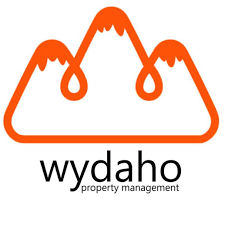
After Eli’s initial meeting with the Wydaho team, he researched their competitors. He told us, “I noticed they had a sporty, thick, outdoorsy-based look to them, so we chose a similar font.”
He also made the image more consistent with this aesthetic, making changes to avoid that dessert look. “I cleaned up the mountains by giving them sharper edges and made other minor adjustments. The result was more of a proud, American feel that’s tough and physical, but still has that visual connection with Airbnb, where most of their business still comes from.”

Wydaho owner, Jim Sheehan, immediately noticed a difference. “It’s been a game-changer—we’re getting more visitors, more reservations, and our brand awareness in our market is increasing.”
Wydaho’s success demonstrates how even small changes to your branding can be impactful.
Eli says, “Wydaho made a subtle shift but decisions are made emotionally and the redesign has given guests fewer places where they’ll pause to consider something else. That ultimately results in more bookings and conversions.”
How to measure vacation rental brand awareness
Like many strategies, branding your vacation rental company can be trial and error. You may need to adjust your look according to guest responses and market changes. You may also need to improve your consistency across different media.
To spot areas for improvement, you need quantifiable ways to measure the success of your branding. Analytics tools like Google and Ahrefs will tell you:
- Branded search volume: How frequently users search for your brand name in Google. This indicates they’ve been exposed to your brand somewhere and found it memorable.
- Changes in direct traffic: The number of people who typed your website directly into your browser.
- Backlink profiles: The number of links on other pages and what they are. This shows you how popular your brand is and with which groups, so you can check whether you’re hitting the right audience. For example, a romantic getaway should appear in an article about the best anniversary ideas, not an extreme sports blog.
- Social listening: How many times your brand has been mentioned on social media, which platforms, and whether those mentions are positive or negative. This can tell you if you’re reaching the right people and what they think about your business.
- Social share of voice: How visible your brand is compared to your competitors.
For more qualitative data, you’ll have to take a different approach. Here are some ways to get in-depth insights about your brand:
- Brand awareness surveys: A questionnaire you can use to ask your target demographic questions about how aspects of your brand make them feel.
- Guest feedback: You can ask questions related to your brand in email marketing or at the end of the stay.
However, Adam says, “Sometimes, you need to go beyond the obvious. like followers and post engagement, to gauge success. We have a social media manager who helps us build connections with local providers and attractions. So, we’re trying to promote their content and bring them into our fold. But you have to be disciplined on who you partner with to maintain a consistent brand.”
That means you may have excellent social media post engagement but the product you’re promoting doesn’t match your values. This could be a turnoff for potential customers, but you might not immediately notice because random hits could obscure the loss of traffic from your target audience.
How strong vacation rental branding can transform your business
Branding has become essential to success in the vacation rental industry. However, the key isn’t to develop big, new ideas but to give small twists and fresh perspectives on old ones.
In fact, you have to perform a balancing act between borrowing themes from trusted brands while differentiating yourself from the competition.
To do this, you have access to tools like illustrators and AI generators to create content, analytics tools like Google and Ahrefs to monitor brand awareness, and property management software like Hostfully to create a unique website and guestbook that align with your branding choices.

